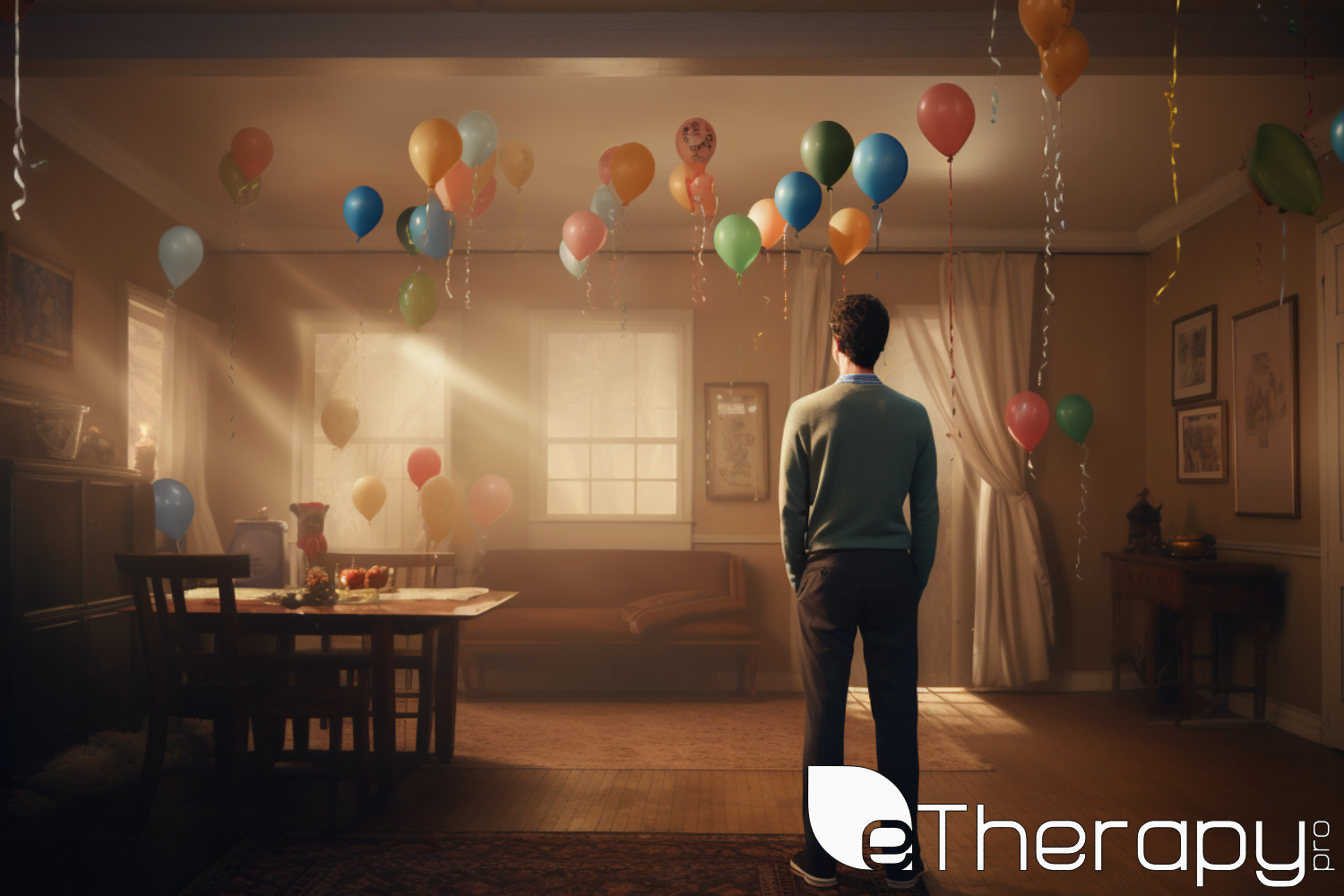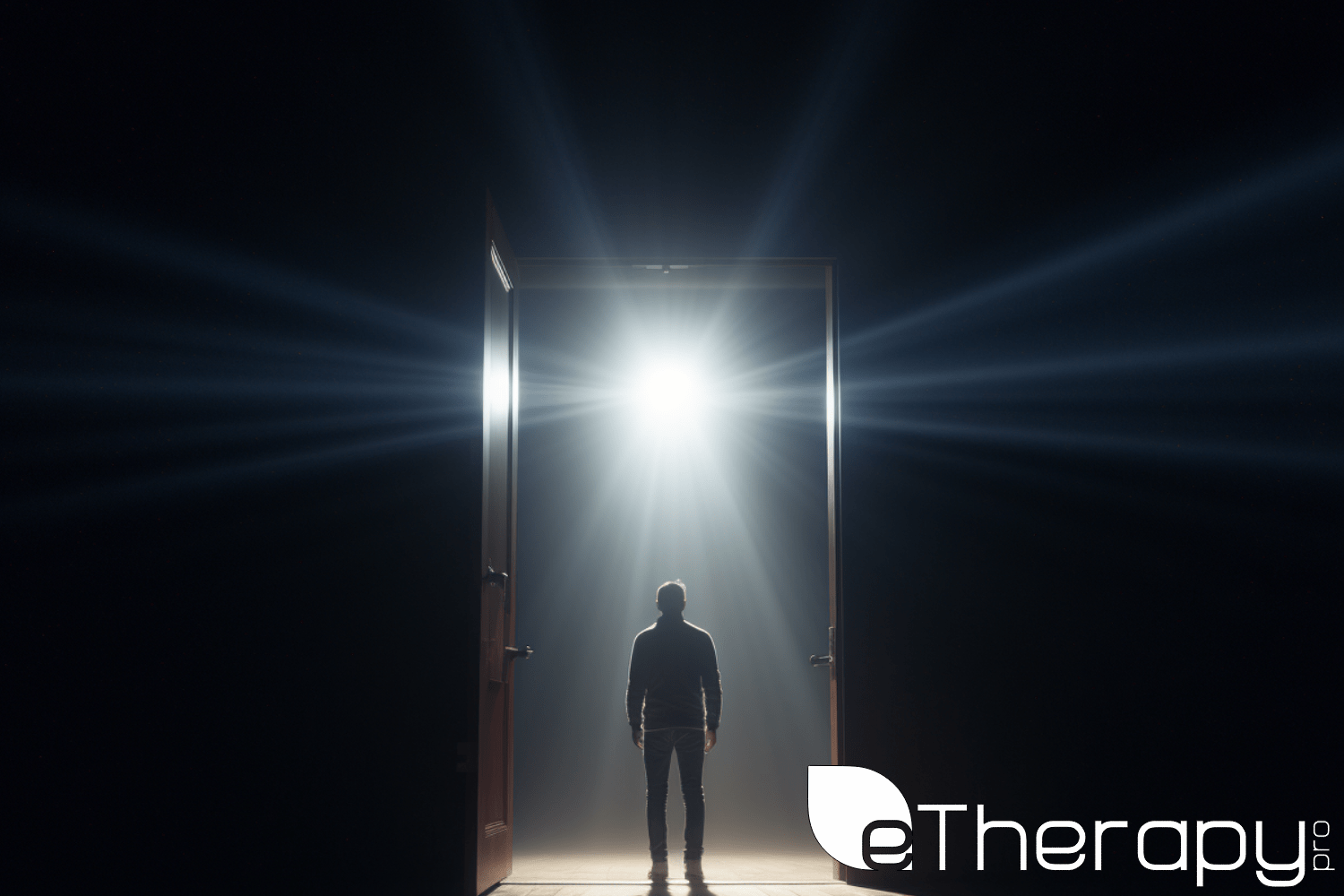
Although the world is full of suffering, it is also full of the overcoming of it. – Helen Keller
Trauma vs PTSD:
Life often presents us with challenges and events that test our emotional resilience. Among these, some experiences leave a deeper impact, known as trauma. Trauma, a term we frequently encounter, refers to emotional responses to profoundly distressing or disturbing events that shatter our sense of security, leading to feelings of helplessness and vulnerability. While traumatic experiences are unfortunately common, their effects on individuals vary greatly. What might be traumatic for one person may not be for another, underscoring the highly subjective nature of trauma.
The Transition from Trauma to PTSD
However, when the aftermath of these events starts to interfere significantly with our daily life and mental well-being, it may develop into Post-Traumatic Stress Disorder (PTSD). PTSD is more than just a lingering reaction to stress or trauma; it’s a complex condition characterized by severe anxiety, flashbacks, uncontrollable thoughts about the event, and a host of other distressing symptoms. While trauma and PTSD are related, it’s crucial to understand that not every traumatic experience leads to PTSD. It’s the prolonged and intense nature of the response, along with a disruption in one’s ability to function, that often signifies the presence of PTSD.
Understanding the Journey: Trauma and PTSD
In this article, we will explore the intricate relationship between trauma and PTSD, understanding that the journey from experiencing trauma to potentially developing PTSD is neither straightforward nor universal. We will delve into the symptoms of PTSD, differentiate them from regular stress responses, and discuss various approaches to healing from trauma and overcoming PTSD. This exploration aims to provide a deeper understanding, offer support, and empower those who might be struggling with these challenges. Remember, acknowledging and understanding our struggles is the first step toward healing and recovery.
Trauma vs PTSD: The Nature of Trauma
Understanding the nature of trauma is essential for recognizing its signs and addressing its impact. Trauma is a complex and deeply personal experience, and it manifests differently from person to person. In this section, we will explore what constitutes personal trauma, its common causes, and the varied impact it has on individuals.
Defining Personal Trauma
Trauma is often perceived as a response to events that are life-threatening or severely distressing. However, the essence of trauma lies not just in the event itself, but in how it’s experienced and processed by the individual. This means trauma is deeply subjective. For instance, two people may go through the same experience, yet only one might find it traumatic. This variability is due to numerous factors, including personal resilience, past experiences, and even genetic predispositions. In essence, trauma is not defined by the event, but by the individual’s emotional and psychological response to it.
Common Causes of Trauma
Trauma can stem from a wide array of events, emphasizing its subjective nature. Some common causes include:
- Physical or sexual abuse
- Experiencing or witnessing violence
- Natural disasters like earthquakes or floods
- Severe illness or injury
- The death of a loved one
- Stressful life changes, such as divorce or job loss
It’s important to note that what might be traumatic for one person may not be for another. The diverse causes demonstrate that trauma isn’t confined to dramatic or violent events; it can also stem from situations that overwhelm an individual’s coping abilities.
The Impact of Trauma
The impact of trauma varies significantly among individuals. While some might recover with time and support, others might experience long-lasting effects that interfere with their daily life. These effects can include:
- Persistent feelings of anxiety, sadness, or anger
- Difficulty sleeping or concentrating
- Flashbacks or intrusive thoughts about the event
- Avoidance of reminders of the trauma
- Strained relationships with friends and family
Understanding that the impact of trauma is unique to each person is vital in providing the right support and empathy. Recognizing and validating these diverse experiences is a crucial step in the journey towards healing.
Trauma vs PTSD: Understanding PTSD
After exploring the multifaceted nature of trauma, it’s crucial to understand Post-Traumatic Stress Disorder (PTSD), a condition that can develop in the wake of traumatic experiences. This section will delve into what PTSD is, its symptoms, and how it differs from trauma.
What is PTSD?
Post-Traumatic Stress Disorder (PTSD) is a mental health condition triggered by experiencing or witnessing a terrifying event. Unlike general stress or trauma responses that typically resolve over time, PTSD involves prolonged and severe reactions that persist long after the traumatic event. Individuals with PTSD may feel intense fear, helplessness, or horror, and these feelings don’t diminish as they would with ordinary stress or trauma responses. PTSD can affect anyone, regardless of age, gender, or cultural background, following a traumatic event.
PTSD Symptoms
The symptoms of PTSD are varied and can be grouped into several categories:
- Re-experiencing Symptoms: These include flashbacks, recurring memories or nightmares of the traumatic event, and severe emotional or physical reactions to reminders of the trauma.
- Avoidance Symptoms: Individuals may avoid places, people, or activities that remind them of the traumatic event. They might also resist talking about what happened or how they feel about it.
- Hyperarousal Symptoms: These manifest as being easily startled, feeling tense, difficulty sleeping, and having angry outbursts. It’s a state of being constantly ‘on edge.’
- Negative Thoughts and Mood Changes: This can involve feelings of guilt or blame, a loss of interest in previously enjoyed activities, or feeling numb or detached from others.
Trauma vs. PTSD
While trauma and PTSD are closely linked, they are not the same. The key difference lies in the duration and intensity of the response. Trauma can lead to temporary distress, but with PTSD, the response is more intense, lasts longer, and significantly impairs one’s ability to function in daily life.
PTSD is a whole-body tragedy, an integral human event of enormous proportions with massive repercussions. – Susan Pease Banitt, a mental health therapist specializing in trauma.
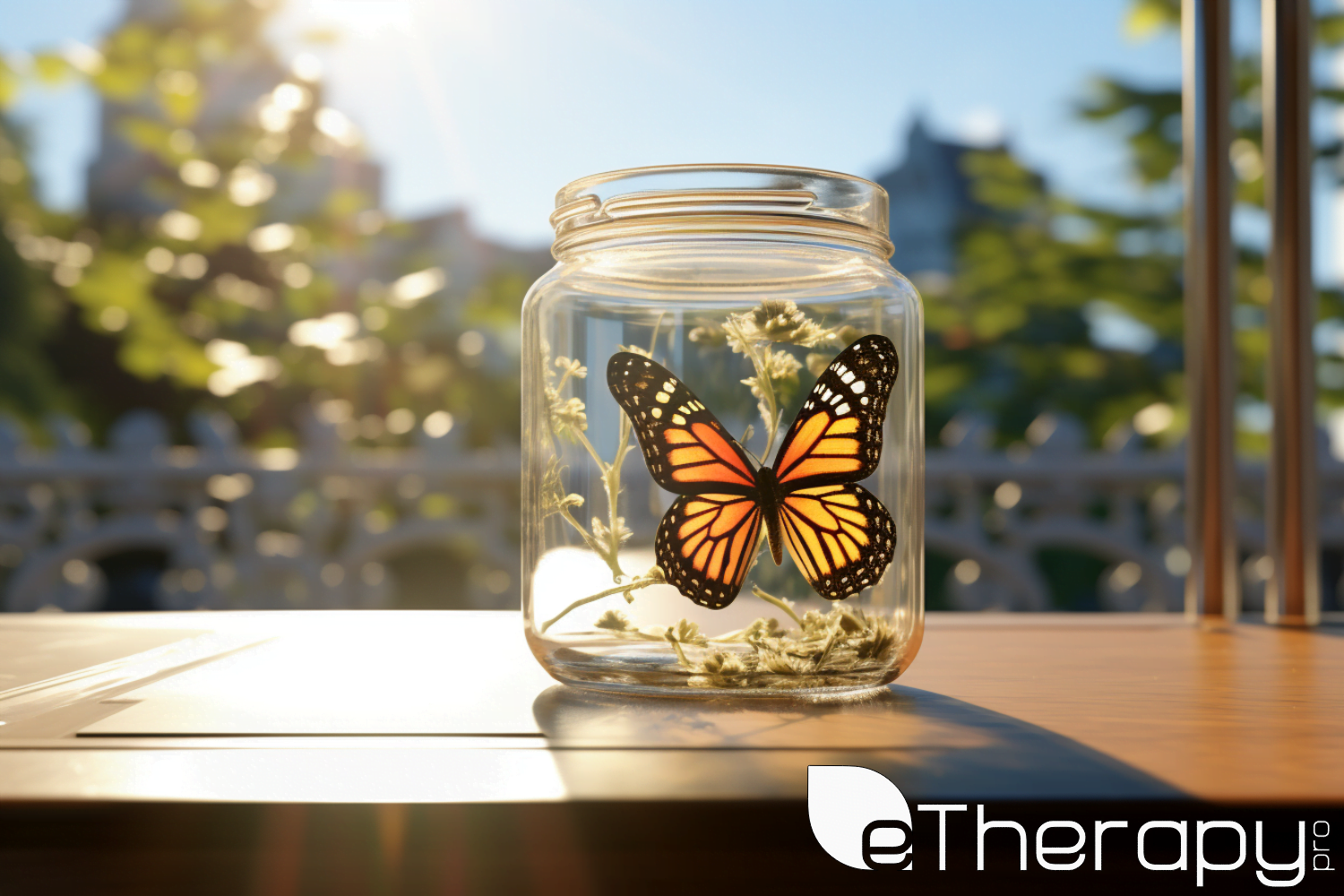
Trauma vs PTSD: The Development of PTSD
Understanding how Post-Traumatic Stress Disorder (PTSD) develops is crucial in recognizing and addressing this condition. This section explores the progression from experiencing trauma to the possible onset of PTSD, the risk factors associated with PTSD, and the psychological mechanisms behind its development.
From Trauma to PTSD
Not all traumatic experiences lead to PTSD. However, when trauma is unresolved—when the emotions and memories associated with it are not adequately processed—it can evolve into PTSD. This progression typically involves prolonged exposure to stressors and a failure of the mind and body to return to their pre-trauma state. Factors like the intensity of the trauma, the individual’s emotional response to it, and the lack of a supportive environment can contribute to this transition. The key here is the inability to recover and move past the traumatic event, leading to the chronic symptoms characteristic of PTSD.
Risk Factors for PTSD
Several factors increase the likelihood of developing PTSD following a traumatic event. These include:
- Personal History: Individuals with a history of mental health issues or previous traumatic experiences are more susceptible.
Lack of Support: Absence of a strong support system post-trauma can heighten the risk. - Nature of the Traumatic Event: Traumas that involve personal assault, such as sexual assault or military combat, carry a higher risk of leading to PTSD.
- Duration and Intensity: Prolonged exposure to trauma or extremely intense traumatic experiences.
- Response to the Event: How an individual emotionally reacts to the trauma plays a significant role.
- Genetic Factors: There may be genetic predispositions that make some people more susceptible to PTSD.
The Psychological Mechanism
The psychological process leading to PTSD is complex. It involves an interaction between the traumatic event, the individual’s existing mental health, their coping mechanisms, and their support system. When a person faces a traumatic event, it can overwhelm their usual coping strategies, leading to intense fear, helplessness, or horror. Normally, over time, the mind processes these experiences, allowing emotional healing. However, in the case of PTSD, this processing is hindered. The trauma remains vividly alive in the person’s mind, leading to re-experiencing symptoms, avoidance, and hyperarousal, as the brain remains in a heightened state of alert, unable to distinguish between past and present threats.
Post-Trauma Environment and PTSD Development
The additional aspect to consider in the development of PTSD is the individual’s environment post-trauma. The presence of ongoing stress, such as financial hardship, social isolation, or continuous exposure to reminders of the trauma, can exacerbate the condition. Additionally, societal attitudes towards trauma and mental health can either aid or hinder the healing process. In cultures where discussing traumatic experiences and mental health issues is stigmatized, individuals might be less likely to seek help, which can increase the risk of developing PTSD.
Furthermore, the role of childhood experiences in shaping an individual’s resilience cannot be overstated. Early life traumas or a history of neglect can impair one’s ability to cope with later traumatic experiences. Early experiences often set the foundation for coping mechanisms and emotional regulation skills. Therefore, individuals with adverse childhood experiences might find it more challenging to process and recover from traumatic events in adulthood.
Factors Contributing to PTSD Development
PTSD involves biological changes in brain function, making it harder to process trauma. This, combined with environmental and personal factors, highlights the complexity of PTSD and the need for multifaceted treatment
Trauma vs PTSD: Recognizing and Understanding PTSD Symptoms
Recognizing the symptoms of Post-Traumatic Stress Disorder (PTSD) is a crucial step in seeking help and understanding the experiences of those affected. This section will provide a comprehensive list of PTSD symptoms, share personal stories to illustrate these symptoms, and explore how they manifest in daily life.
Identifying PTSD Symptoms
PTSD symptoms can be varied and complex, affecting individuals differently. Common symptoms include:
- Intrusive Memories: Recurrent, unwanted distressing memories of the traumatic event; flashbacks or reliving the event; upsetting dreams or nightmares about the traumatic event.
- Avoidance: Trying to avoid thinking or talking about the traumatic event; avoiding places, activities, or people that remind one of the traumatic event.
- Negative Changes in Thinking and Mood: Negative feelings about oneself or others; inability to experience positive emotions; feeling emotionally numb; lack of interest in activities once enjoyed; difficulty maintaining close relationships.
- Changes in Physical and Emotional Reactions: Startling or becoming frightened easily; always being on guard for danger; engaging in self-destructive behavior, such as drinking too much or driving too fast; having trouble sleeping or concentrating; experiencing irritability, angry outbursts, or aggressive behavior; feeling overwhelming guilt or shame.
Personal Stories
To understand the real impact of PTSD, consider the story of Alex, a veteran who served in a combat zone. Alex often experiences flashbacks to a particularly harrowing event during his service. Loud noises, like fireworks, trigger these flashbacks, transporting him back to the battlefield and causing intense anxiety and disorientation. Despite his family’s support, Alex finds it difficult to discuss his experiences, leading to feelings of isolation and detachment from his loved ones.
Another example is Maria, who survived a car accident. She has nightmares about the incident and avoids driving or even being a passenger in a car. This avoidance has impacted her daily life, limiting her ability to go to work or engage in social activities, further isolating her from her support network.
Unveiling Hidden Trauma: Avoidance Behaviors
Sometimes, avoidance behaviors in our lives might be a sign of forgotten or unresolved trauma. Extreme reactions to touch, intimacy, driving, or enclosed spaces might indicate underlying trauma. While not definitive, if you suspect a connection, it’s worth investigating.. Seeking professional help, such as consulting with therapists on platforms like eTherapyPro, can provide clarity and guidance. A professional can help uncover hidden traumas and provide effective strategies for coping and healing.
PTSD in Daily Life
PTSD symptoms can intrude into the daily lives of those affected in various ways. For example, a person with PTSD might be hyper-alert to their surroundings, constantly scanning for threats, making it hard to relax or feel safe. They might avoid crowded places or public events to escape potential triggers. Relationships can be strained, as the person may struggle with irritability or mood swings, impacting family and social interactions.
The reality is that you will grieve forever. You will not ‘get over’ the loss of a loved one; you will learn to live with it. You will heal and you will rebuild yourself around the loss you have suffered. – Elisabeth Kübler-Ross
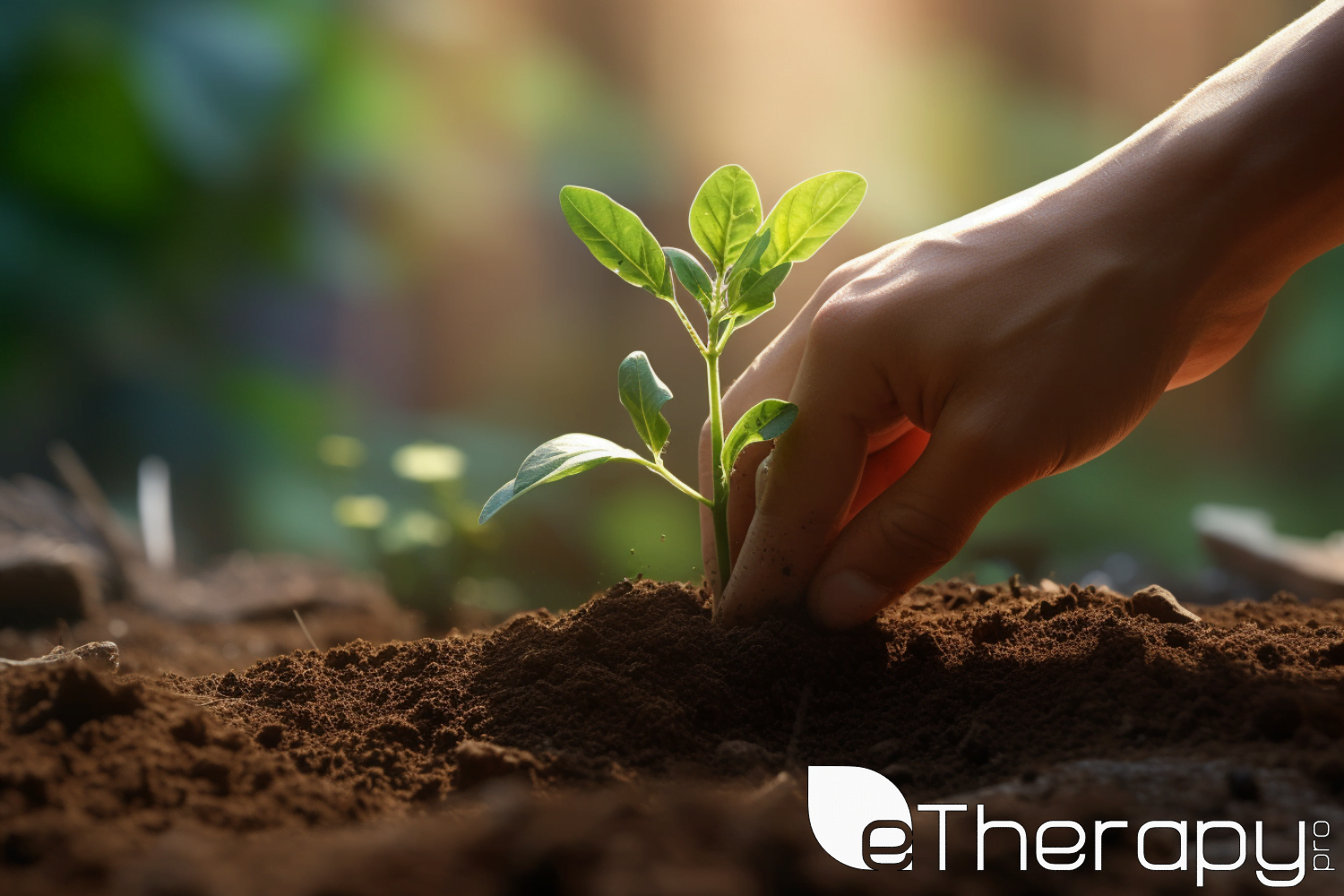
Trauma vs PTSD: Approaches to Healing from Trauma
Healing from trauma and managing PTSD is a journey that often requires a combination of approaches. This section will explore various therapeutic options, self-help strategies, and the critical role of support systems in the healing process.
Therapy for PTSD
Therapy is a cornerstone in treating PTSD. Some effective therapeutic approaches include:
- Cognitive Behavioral Therapy (CBT): Helps individuals change negative thought patterns related to the trauma.
- Exposure Therapy: Involves safely confronting both situations and memories that are feared or avoided.
- Eye Movement Desensitization and Reprocessing (EMDR): Uses eye movements to help process traumatic memories.
- Group Therapy: Offers a space to share experiences and learn from others with similar struggles.
These therapies can be customized to meet the individual’s needs, helping them process the trauma and reduce PTSD symptoms.
Self-Help Strategies
Alongside professional therapy, self-help strategies can be instrumental in managing PTSD symptoms. These include:
- Mindfulness and Meditation: Techniques that help in staying grounded and present, reducing anxiety and stress.
- Regular Exercise: Physical activity can boost mood, improve sleep, and reduce stress.
- Healthy Eating: A balanced diet can positively affect mood and energy levels.
- Journaling: Writing about thoughts and feelings can be a therapeutic way to express and understand emotions.
- Relaxation Techniques: Activities like deep breathing, yoga, or progressive muscle relaxation can help in managing stress.
Remembering these strategies are complementary and should be used with professional therapy is important.
The Role of Support Systems
The role of support systems in healing from trauma cannot be overstated. A supportive network of family, friends, or support groups provides a sense of safety, understanding, and acceptance. These relationships offer emotional support, practical help, and a sense of belonging, crucial for healing. Connecting with others who’ve experienced similar traumas can provide community and understanding, making recovery less isolating.
Trauma vs PTSD: Overcoming PTSD
While the journey of healing from trauma and undergoing therapy for PTSD is crucial, overcoming PTSD involves a more holistic approach. It’s about integrating these experiences into one’s life and moving forward with resilience and empowerment. This section focuses on a comprehensive view of treatment options beyond therapy, shares motivational success stories, and outlines strategies for self-empowerment and resilience in the face of PTSD.
Treatment Options for PTSD
Beyond traditional therapy, overcoming PTSD may involve a variety of treatment methods tailored to individual needs:
- Medication: Specific medications can help manage symptoms, allowing individuals to engage more effectively in therapy.
- Integrated Treatment Plans: Combining different therapeutic approaches, such as CPT and mindfulness practices, for a more holistic recovery.
- Advanced Techniques: Newer methods like VR exposure therapy or biofeedback offer alternatives for those struggling with traditional therapies..
These treatments aim not just to alleviate symptoms but to empower individuals to regain control over their lives.
Empowering Yourself
The final stage in overcoming PTSD is about building inner strength and resilience:
- Goal Setting and Achievement: Focusing on attainable goals to foster a sense of progress and purpose.
- Self-Compassion: Learning to treat oneself with kindness and understanding, especially during difficult times.
- Building a Resilient Mindset: Developing a mindset that focuses on growth and possibility, even in the face of challenges.
The human capacity for burden is like bamboo – far more flexible than you’d ever believe at first glance. – Jodi Picoult, author known for her poignant storytelling.
Trauma vs PTSD: Empowering Yourself and Others
Empowerment in PTSD isn’t just about individual healing; it’s also about fostering understanding and support within communities. This section highlights the importance of awareness, building supportive communities, and advocating for those with PTSD.
The Power of Awareness
Understanding and acknowledging trauma is the first step in both healing and helping others. Furthermore, being aware of the signs and symptoms of trauma and PTSD allows for early intervention, which can significantly improve outcomes. In addition, awareness leads to empathy, thereby reducing the stigma associated with mental health issues. Understanding someone’s experiences allows us to offer the right support, making a significant impact on their healing.
Building a Supportive Community
Creating a supportive environment is essential for those recovering from trauma and PTSD. This can be achieved by:
- Fostering Open Communication: Encourage discussions about mental health and trauma in safe spaces, whether at home, work, or social settings.
- Educating Others: Share information about trauma and PTSD to increase understanding and reduce misconceptions.
- Creating Support Groups: Establish or join groups where individuals can share experiences and coping strategies in a non-judgmental space.
A supportive community offers a sense of belonging and understanding, which is invaluable for those on the path to recovery.
Advocacy and Awareness
Advocating for PTSD awareness involves spreading knowledge, supporting research, and helping to shape policies that aid PTSD sufferers. This can include:
- Participating in Awareness Campaigns: Engage in or organize events that bring attention to PTSD.
- Supporting Mental Health Legislation: Advocate for laws and policies that provide better mental health care and support systems.
- Educating the Public: Use various platforms to educate others about PTSD, its impact, and the importance of support.
You are not alone. You are seen. I am with you. You are not alone. – Shonda Rhimes, renowned television producer and writer, emphasizing the power of solidarity and support.
Conclusion of Trauma vs PTSD
This exploration of trauma and PTSD reveals that with understanding, treatment, and support, healing and empowerment are possible. Every step towards addressing these challenges contributes to a more empathetic and resilient society.
What lies behind us and what lies before us are tiny matters compared to what lies within us. – Ralph Waldo Emerson
Let this message inspire you to find the strength and resilience within, as you journey towards healing and helping others.
 In our
In our  Have you ever found yourself staring at the ceiling, long after the world has fallen asleep, wondering, “Why can’t I sleep at night?” If so, you’re not alone. Insomnia, a sleep disorder where individuals have trouble falling or staying asleep, affects countless lives. It’s a nighttime challenge that turns into a daytime ordeal, impacting everything from our mood to our health.
Have you ever found yourself staring at the ceiling, long after the world has fallen asleep, wondering, “Why can’t I sleep at night?” If so, you’re not alone. Insomnia, a sleep disorder where individuals have trouble falling or staying asleep, affects countless lives. It’s a nighttime challenge that turns into a daytime ordeal, impacting everything from our mood to our health. The Health Impact of Insomnia
The Health Impact of Insomnia
 Imagine a family dinner table where the only sound is the clinking of cutlery against plates. There’s a palpable tension in the air, but nobody says a word. It might seem like a scene from a melodramatic movie, but for many, it’s an all-too-familiar reality. Families, friends, and
Imagine a family dinner table where the only sound is the clinking of cutlery against plates. There’s a palpable tension in the air, but nobody says a word. It might seem like a scene from a melodramatic movie, but for many, it’s an all-too-familiar reality. Families, friends, and 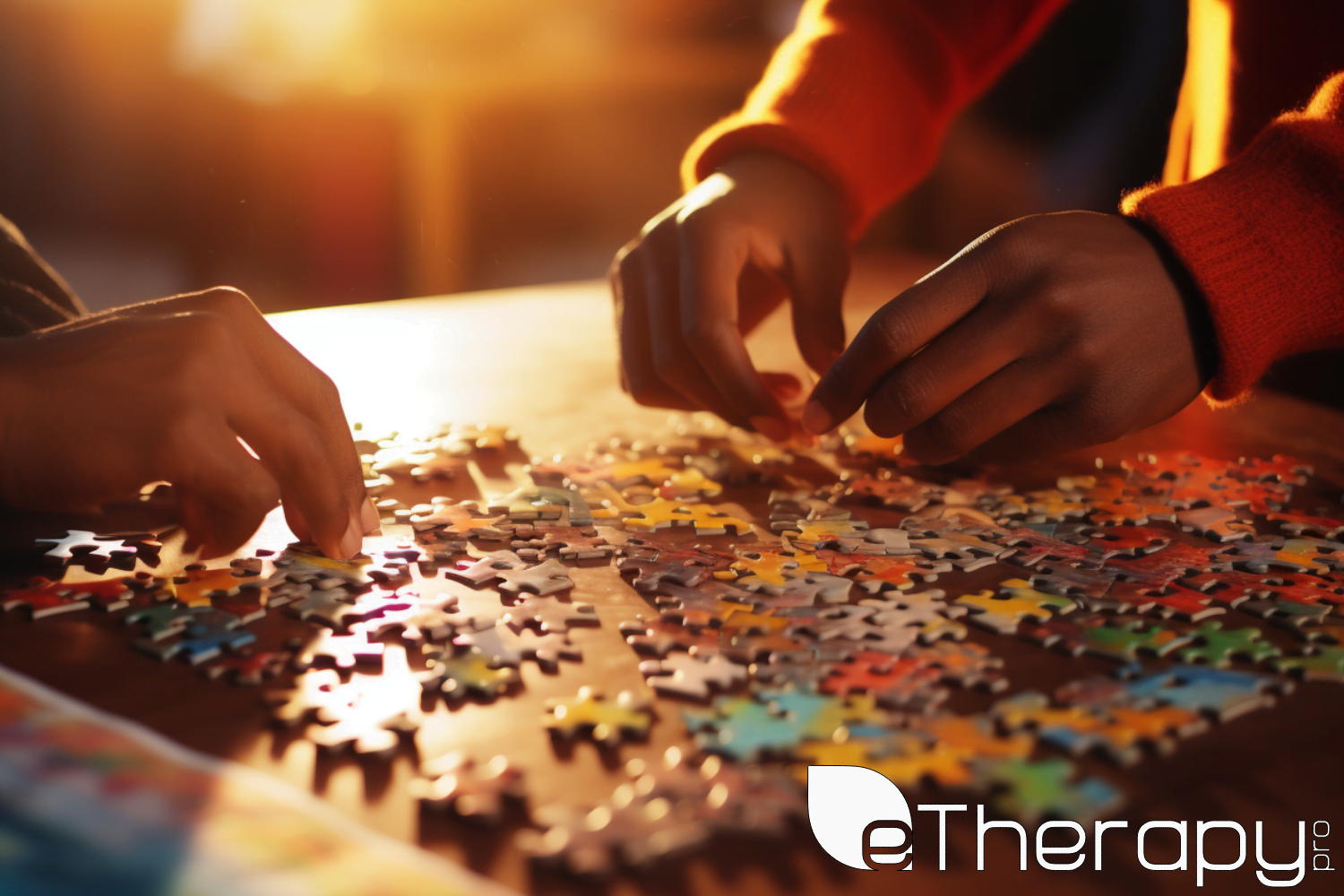 Relationships. They’re a beautiful puzzle, aren’t they? Sometimes they fit perfectly, and at other times, we find ourselves jamming pieces where they don’t belong. Amidst the wide spectrum of relationships, there lies an area where love and care blend, sometimes muddling into what experts term ‘codependency in relationships’. But what does that mean? And is every
Relationships. They’re a beautiful puzzle, aren’t they? Sometimes they fit perfectly, and at other times, we find ourselves jamming pieces where they don’t belong. Amidst the wide spectrum of relationships, there lies an area where love and care blend, sometimes muddling into what experts term ‘codependency in relationships’. But what does that mean? And is every 